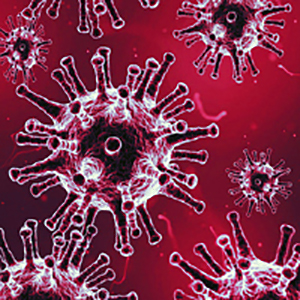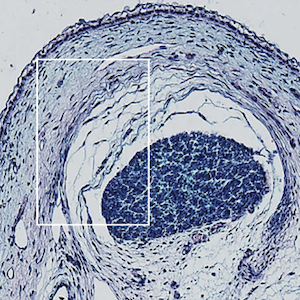The prevalence and clinical spectrum of post-Covid syndrome in patients with rheumatic diseases: a single-center experience

All claims expressed in this article are solely those of the authors and do not necessarily represent those of their affiliated organizations, or those of the publisher, the editors and the reviewers. Any product that may be evaluated in this article or claim that may be made by its manufacturer is not guaranteed or endorsed by the publisher.
Authors
Post-coronavirus disease (COVID) syndrome (PCS) is a term used to describe the clinical condition of patients who have recovered from COVID-19 but are still experiencing prolonged effects of infection or persistent symptoms for longer than expected. Although PCS has been previously studied in the general population, it has not been investigated in a specific population of patients with inflammatory rheumatic disease (IRD). This study aims to evaluate the presence and frequency of PCS among our rheumatology outpatients. This is a cross-sectional study of patients with IRD whose symptoms persisted for 12 weeks after the detection of COVID-19 infection. The patients were assessed with a survey form during their routine clinic follow-up or by contacting them by phone. Patients’ demographics, diagnosis, medication, comorbidities, outcome of COVID-19, and symptoms related to PCS were collected. Fifty-three patients with IRD and COVID (mean age: 48.5 13.99 years, 71.7% women) were included. PCS was observed in 36 (67.9%) patients. Twenty-two (41.5%) of them had three or more symptoms; 14 (26.4%) had one or two symptoms. Although more than 30 symptoms were detected, the most frequent were fatigue and weakness. No significant relationship was detected between the development of PCS and gender, age, disease duration, presence of COVID-related complications, and the need for oxygen support, except for smoking which showed a protective effect (p=0.008). PCS was detected in more than half of the patients. There was no independent risk factor for the development of PCS, except smoking.

This work is licensed under a Creative Commons Attribution-NonCommercial 4.0 International License.
PAGEPress has chosen to apply the Creative Commons Attribution NonCommercial 4.0 International License (CC BY-NC 4.0) to all manuscripts to be published.










